More than a month after the initial drama surrounding the sudden cancelation of the Smash World Tour, Nintendo’s involvement, and the subsequent fallout around the Panda Cup, former Panda CEO Dr. Alan Bunney broke his silence last night after publishing a 31-page response to the situation on Dec. 6. But most of the interview was spent rehashing and adding very little clarification to his previous statements.
While speaking with journalist Jacob Wolf on his Visionaries podcast, Bunney addressed several key points regarding Nintendo’s involvement in the entire situation, “regretting” his response in certain ways, and walking around some of the larger issues while asking for the community to stop harassing him. But the Super Smash Bros. community did get some answers too—and have fired back in response to some of them.
The first portion of the interview was mostly Bunney giving background on Panda, his team’s approach to running Panda Cup, and his goals for how the Panda Cup as a circuit would actually allow for the rest of the Smash community to be more free—all of which is well documented from his initial response. This eventually transitioned into his pushback against allegations about threatening tournament organizers that they would be shut down by Nintendo.
According to Bunney, he never threatened any event or tournament organizer and anyone who thinks that was the case was “misunderstanding” his intents. He thought that he was entering negotiations with TOs for Panda Cup as an equal, but the shadow of Nintendo loomed over him and he instead brought a “loaded gun” to the table because of the scene’s history with the publisher.
“My perspective was that I was one of them. I was not there to hurt them, I was there to help them. I was an ally,” Bunney said. “But in the exact same conversation, the perception can be wholly different if you see this phantom gun. To me, I didn’t have that gun.”
Bunney went on to detail how he couldn’t just bring down Nintendo on anyone’s head since he didn’t have that power and it is such a big company, however, he noted that the TOs appear to think that he did have that ability. And while his explanation of perception difference with TOs may be accurate, the community seems to have collectively rolled their eyes at his “I’m sorry they felt that way” response to many of the questions.
During one of his answers, Bunney even admitted that he did know that the Smash World Tour was not in a favorable position with Nintendo and “the words cease and desist were used multiple times” in conversations. He went on to reiterate that he tried to bat for the SWT when talking with Nintendo in multiple scenarios and did not have any part in the eventual shutdown, but it feels like this knowledge contradicts several points from his initial statement regarding other TOs—specifically his direct callout against VGBootCamp and GimR.
Following that, Bunney confirmed that Nintendo has three core principles that it seemingly operates under when it comes to tournaments using its IP and potential licensing agreements between them, along with a conditional fourth marker:
- No mods or other external factors that make direct changes to a Nintendo game and how it functions.
- Don’t use the word Smash in the title of your event.
- Don’t make a circuit.
- If Nintendo says not to do something in regard to an event, don’t do it.
Related: Super Smash Bros. Melee finally has an online ranked mode 21 years after release
According to Bunney, these rules were communicated to the SWT team back in 2020 when they were initially launching the first interaction of the circuit—with Nintendo telling them not to launch. He also went into a detailed breakdown of points made in that previous statement, mostly centered around monetization, deals with TOs, and potentially buying out events.
Once the floor was opened for questions from the community, multiple former-Panda employees and other prominent Smash community figures held Bunney’s feet to the fire, though not much was gained from it.
During that segment, Bunney mostly deflected his involvement in certain areas or gave vague answers. This included not really explaining why he called out VGBC in his statement from December as potentially being “prepared to get shut down” to bring down Panda.
Hungrybox also called in and pushed Bunney for answers on how he viewed not only his employees and team but also his dismissal of Melee as a valuable part of the scene. Bunney essentially broke it down into a numbers game, just like he had been doing with events and the community up to that point, pointing to Melee as being a niche thing in the content space—and making several former Panda and PGstats creators feel like they were slapped in the face for trying to cover a game they love.
“I still think I would be far less offended by the take if he just said ‘our target demo was built for Ultimate and not Melee’ instead of invalidating years of my life I spent working towards a team that could have been the so-called content solution Smash has always dreamed of,” former Panda content creator turndownforwalt said.
And now the question turns back to this: Can the Smash community continue to function as it did before all of this went down?
Will Nintendo simply allow TOs who don’t go to the company to obtain a license or want to remain completely independent to run without interference? Or is it true that those “times are over” and nothing will be able to revert back to where the community did its thing and Nintendo, for the most part, did its thing?
It is a waiting game now, but the turnaround has already started as Let’s Make Big Moves ran successfully and Smash’s biggest Major, Genesis, is set to kick off 2023 in full on Jan. 20. It is up to the community to keep things rolling and play their part in making sure Smash stays strong.
“We do it ourselves,” Hungrybox said. “Everyone plays a role, every single person who watches Smash streams and makes this little number called viewership go up, up up—teams see that, companies see that, people see that, leaders see that, and it gives them faith that people actually love Smash and what it stands for.”
With or without Nintendo, Smash will continue to thrive if the community has anything to say about it. As Hbox said, “it comes down to us. As it always will.” You can listen to the full interview with Bunney on Spotify.


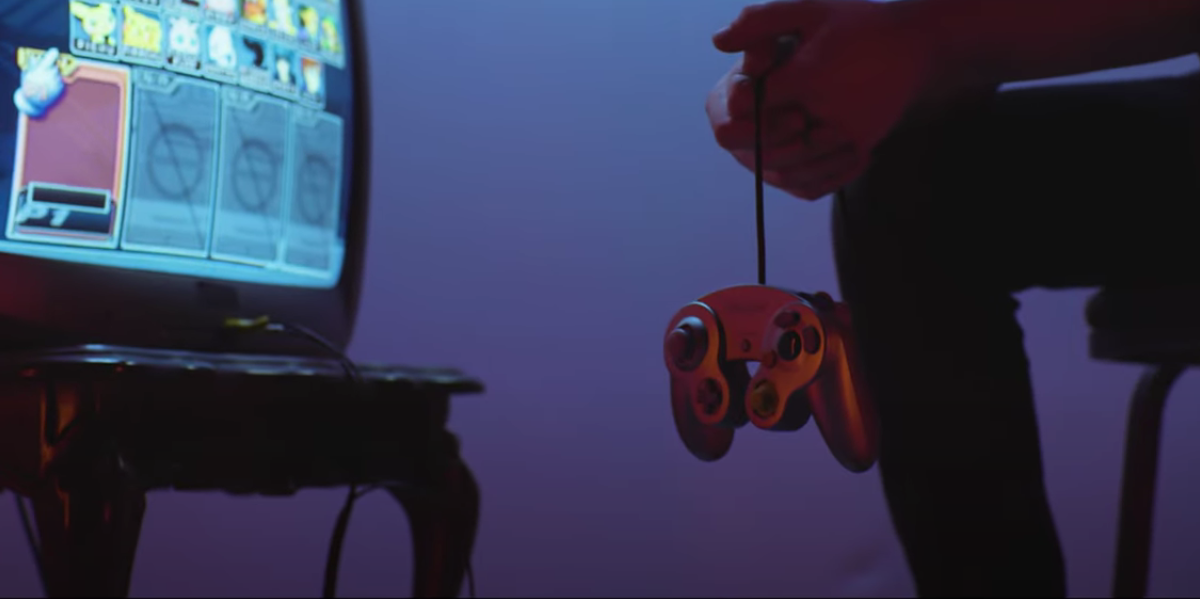
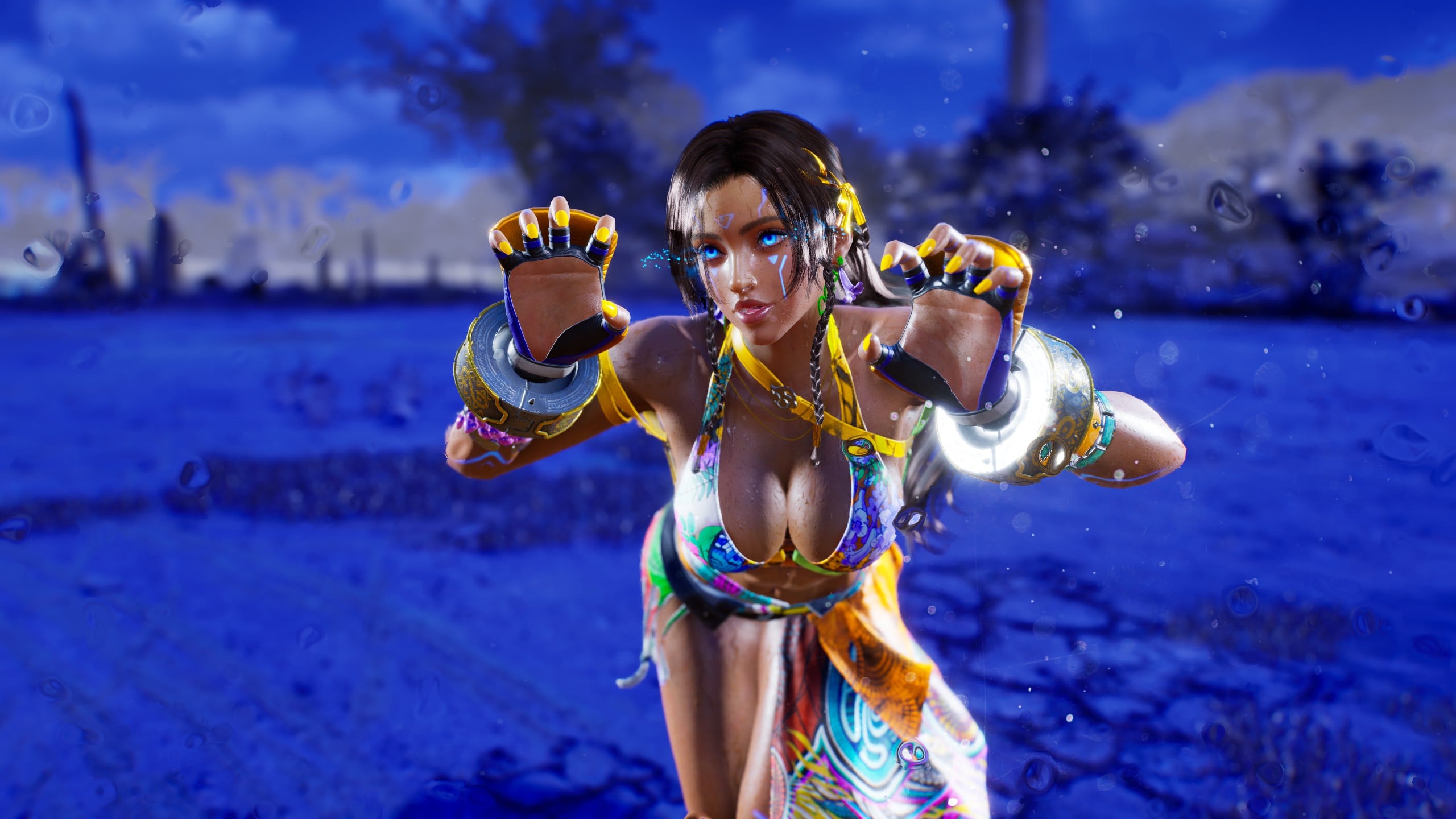

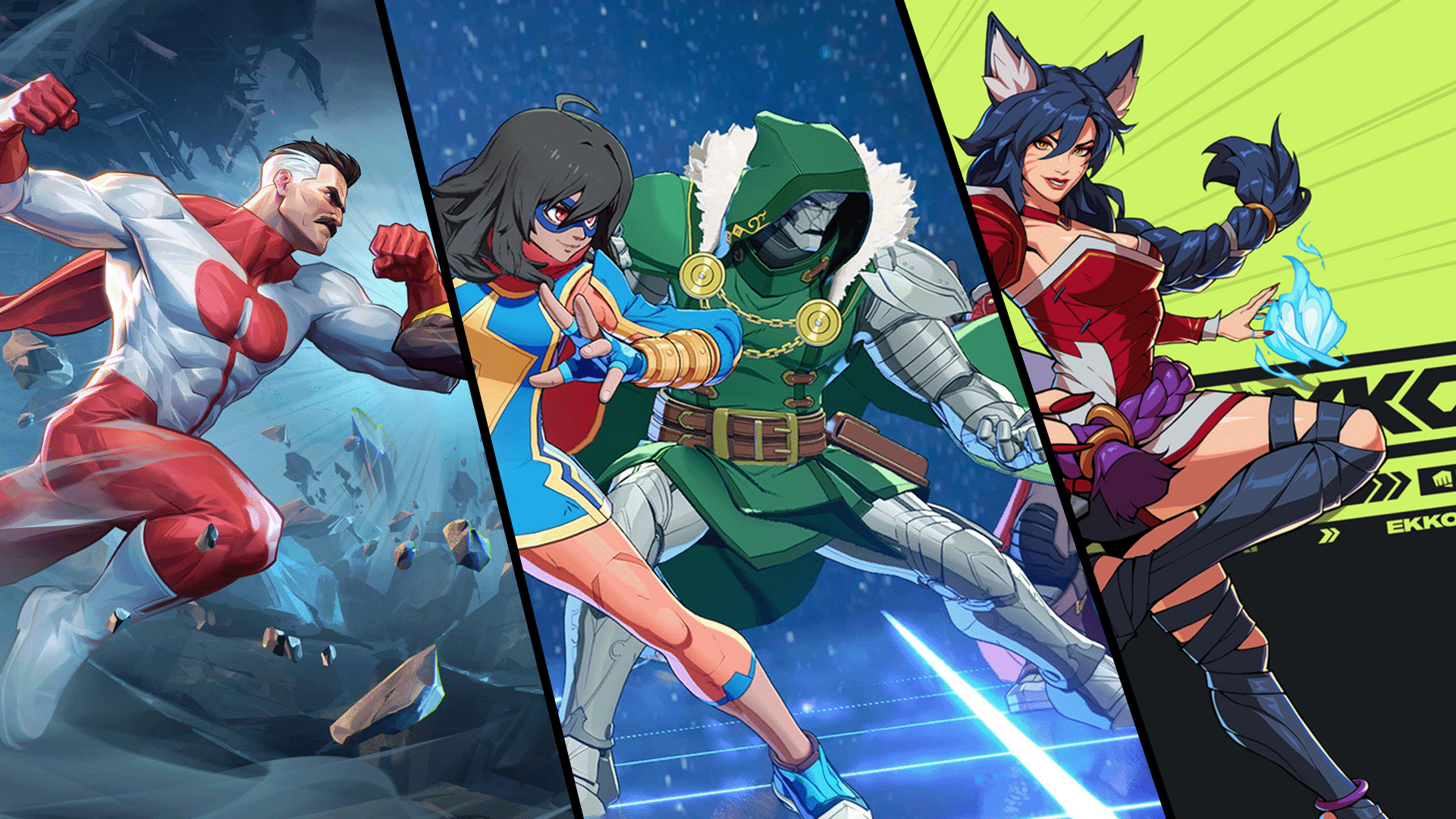
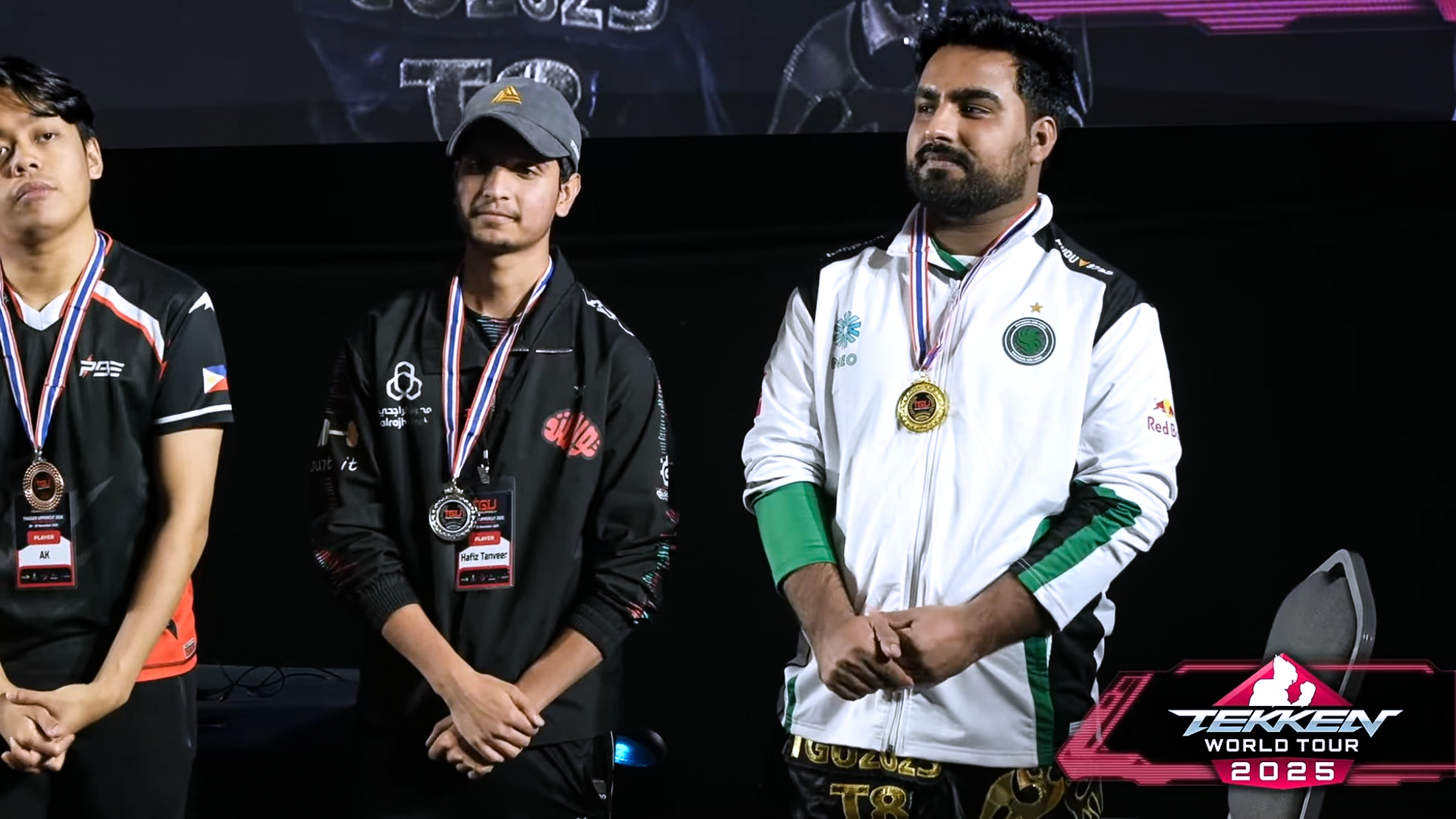
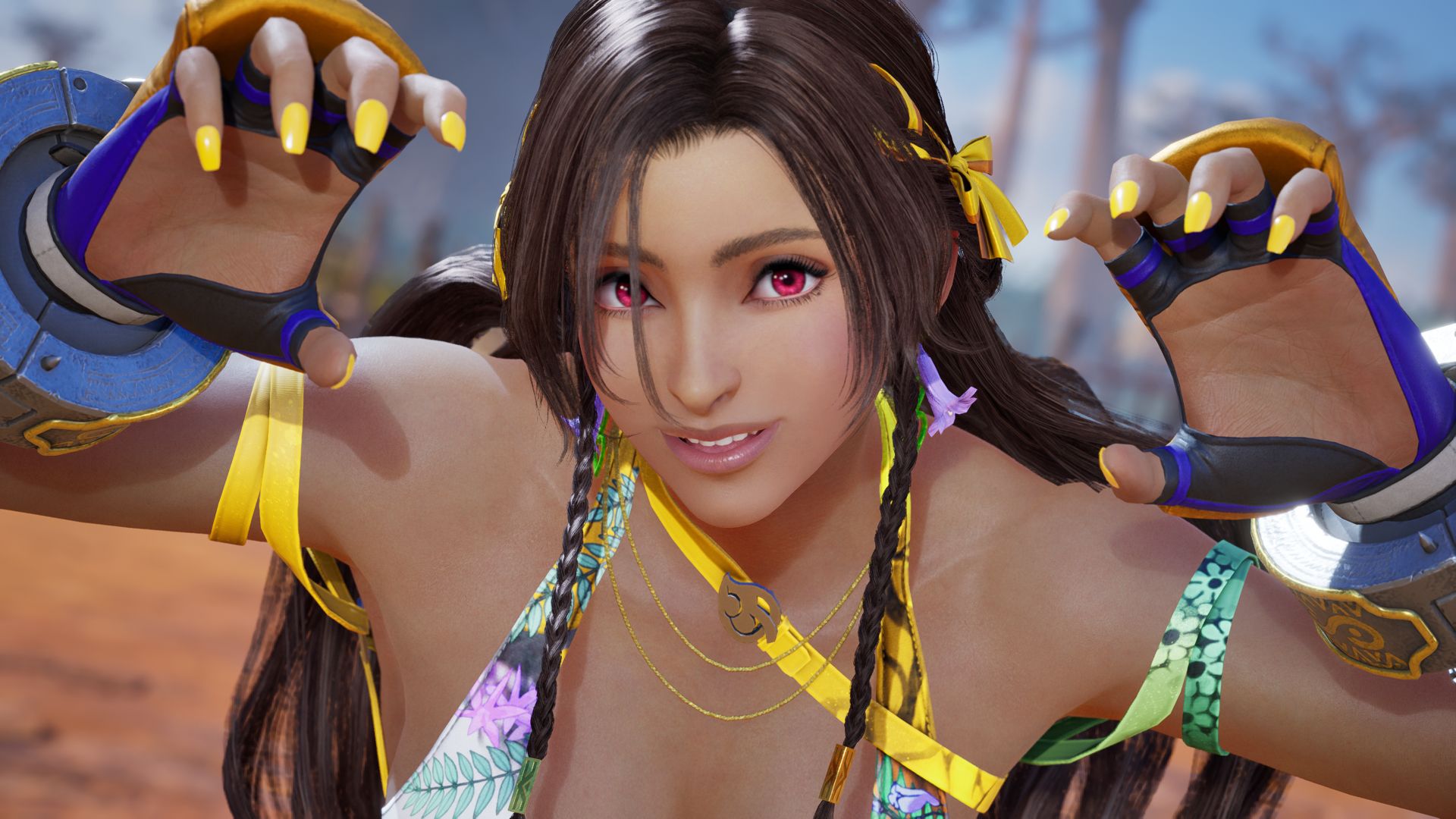
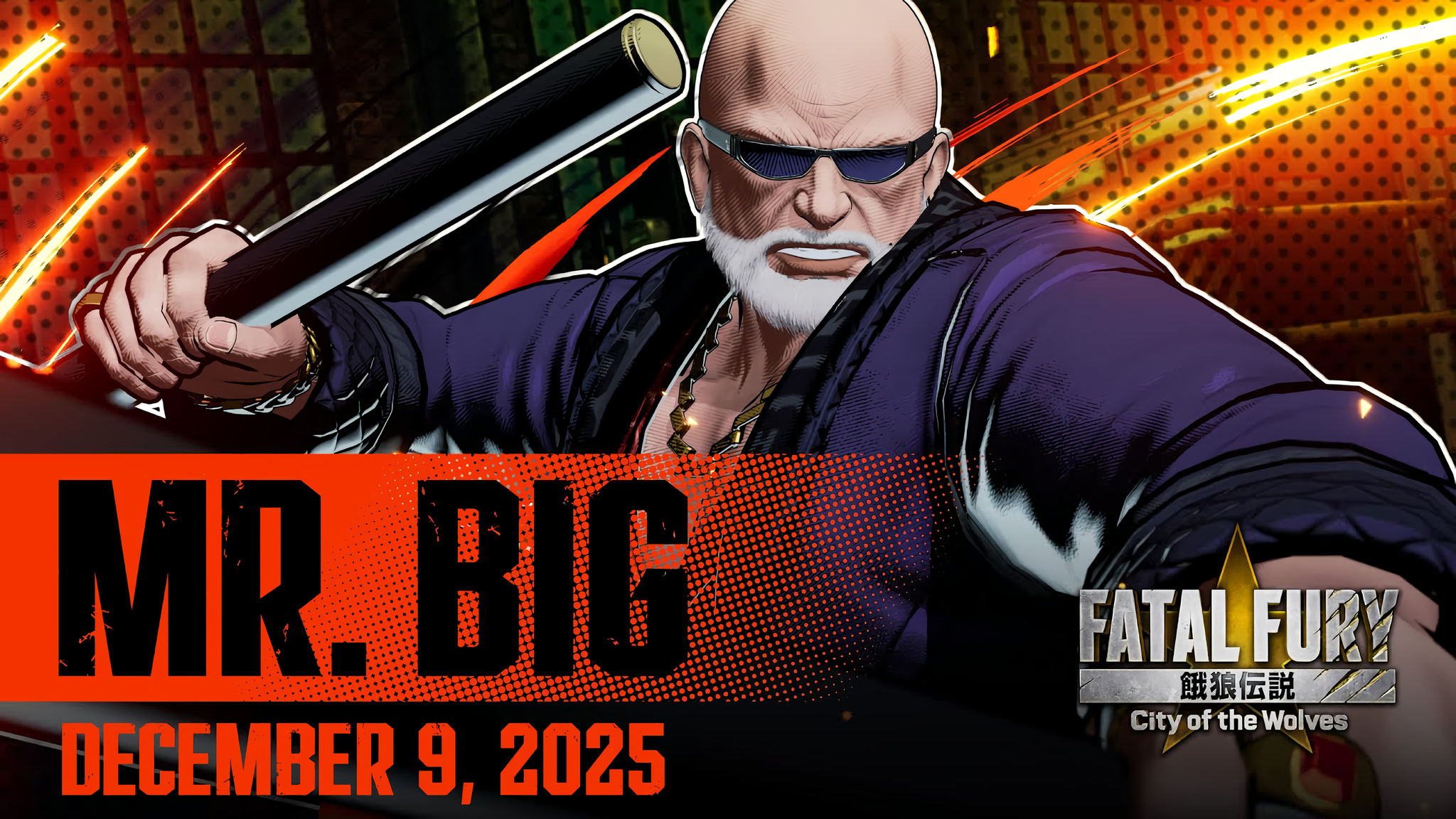
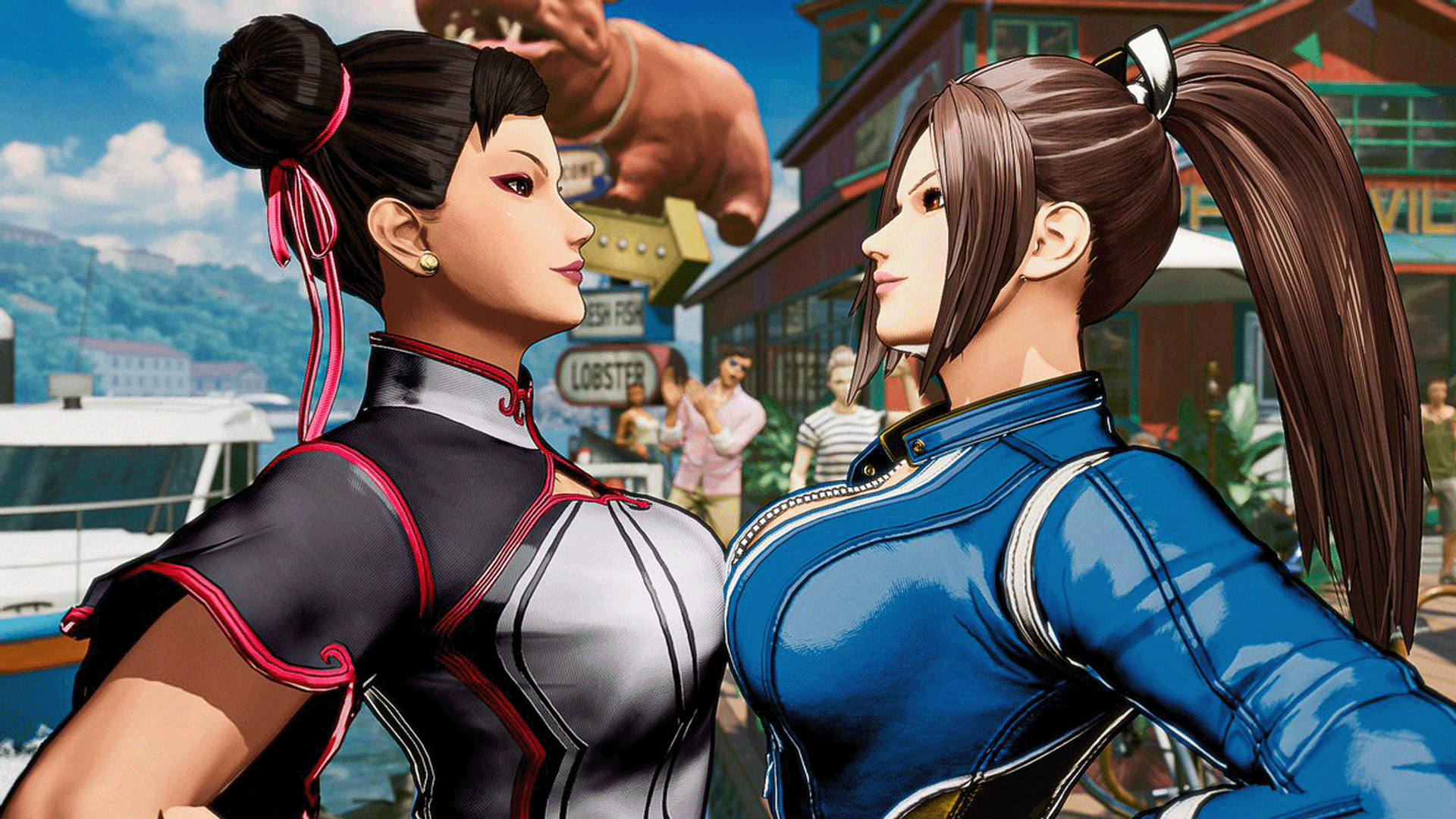
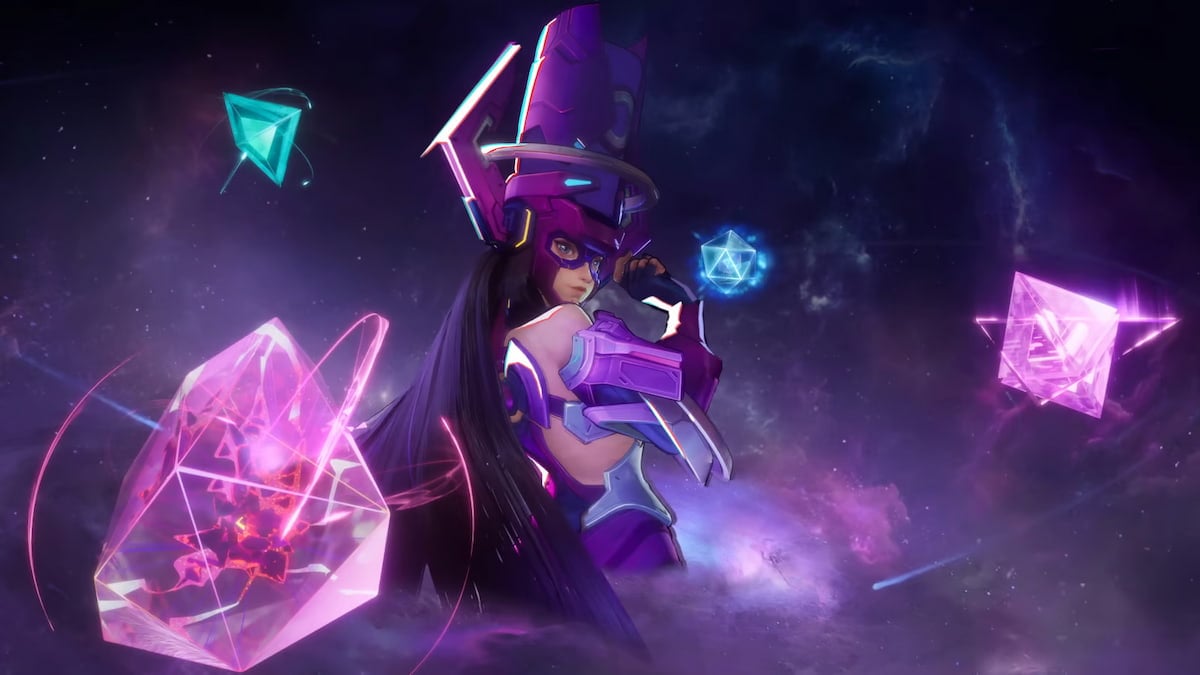
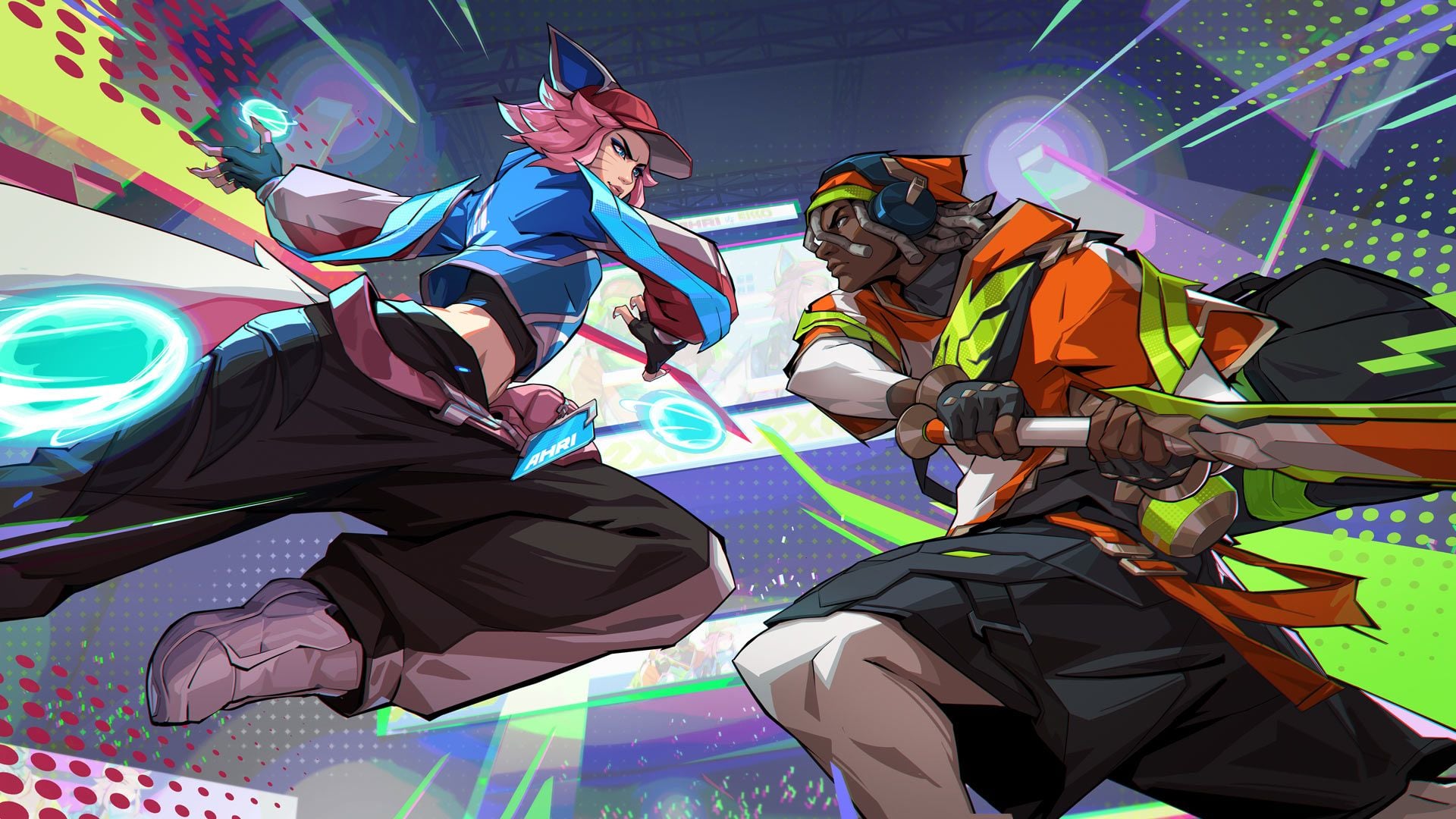

Published: Jan 10, 2023 05:12 pm